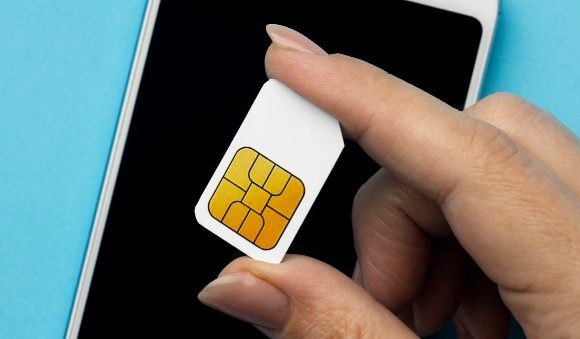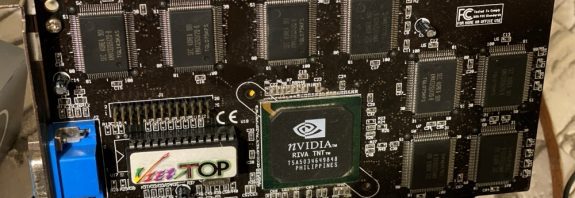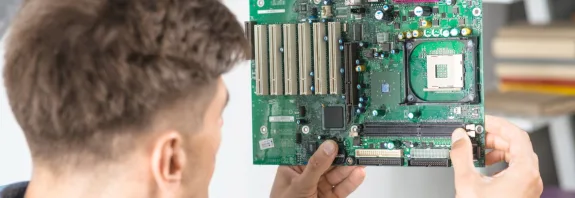What is an eSIM?

What is an eSIM? eSIM (embedded SIM) is a method of embedded storage of information that allows users to connect to the operator’s network without a physical SIM card. Instead, the network service subscription information is stored directly on the eSIM-enabled device.
Compared to traditional SIM cards, eSIM has several advantages. First, it allows device owners to easily switch between different mobile operators without having to physically replace the SIM card. In addition, eSIM allows you to store multiple subscriptions to mobile services on one device, which provides convenience and saves time.
What is an eSIM?
eSIM is a more compact and secure solution compared to traditional SIM cards. It allows you to reduce the cost of production. Which made it a popular solution for manufacturers of modern mobile devices, such as smartphones, tablets and others.
Overall, eSIM is an advanced technology that provides a convenient and cost-effective way to connect to the mobile network. As well as a greener alternative to physical SIM cards.
eSIM allows you to reduce the amount of electronic waste, because it does not need to replace traditional SIM cards when changing subscription or device. It also provides greater security as it cannot be stolen or lost like a physical SIM card.
To use eSIM, you must have a compatible device that supports this technology and activate a subscription to eSIM-enabled network services. Your network operator can send you a QR code to scan on your device, or you can enter your subscription information manually.
eSIM is already a fairly common technology and is supported by many mobile providers in many countries around the world. It is used in smartphones, tablets, wearable devices and other Internet of Things devices.
In the future, eSIM may become a standard for all mobile devices. Which will provide even greater convenience and security for users. It can also be used to connect to the Internet and IoT services. Which will provide greater flexibility and convenience for users in using various devices.
Here are key dates in the development of eSIM technology:
1. 2010s:
- 2010: The concept of embedded SIM (eSIM) begins to take shape with industry discussions led by the GSMA.
- 2016: The GSMA publishes the first eSIM specification, defining standards for remote SIM provisioning.
- 2016: The first commercial deployment of eSIM occurs in smartwatches like the Samsung Gear S2 and Apple Watch Series 3.
2. 2018:
- Apple launches the iPhone XS, XS Max, and XR, the first iPhones to support dual SIM functionality, including eSIM.
- Google releases the Pixel 3, the first Pixel phone to support eSIM.
3. 2019:
- GSMA eSIM Specification for IoT is expanded, enabling wider adoption in connected devices beyond smartphones.
- Microsoft Surface Pro X becomes one of the first tablets to integrate eSIM.
4. 2021:
- iOS 14.5 introduces eSIM-only support for dual-SIM mode, further promoting the technology.
- 5G eSIM adoption grows, with telecoms enabling eSIM activation for next-gen networks.
5. 2022:
- Apple launches the iPhone 14 series in the U.S. with eSIM-only models, marking a significant milestone in the shift away from physical SIM cards.
6. 2023:
- Adoption of eSIM accelerates across multiple regions, with more carriers globally supporting eSIM provisioning.
- Increasing integration of eSIM in IoT devices, including wearables, laptops, and connected cars.
7. 2024 and Beyond:
- Wider adoption of eSIM-only devices predicted as more manufacturers and telecom providers embrace the technology.
- Expansion of eSIM in industrial IoT and smart cities projects.









